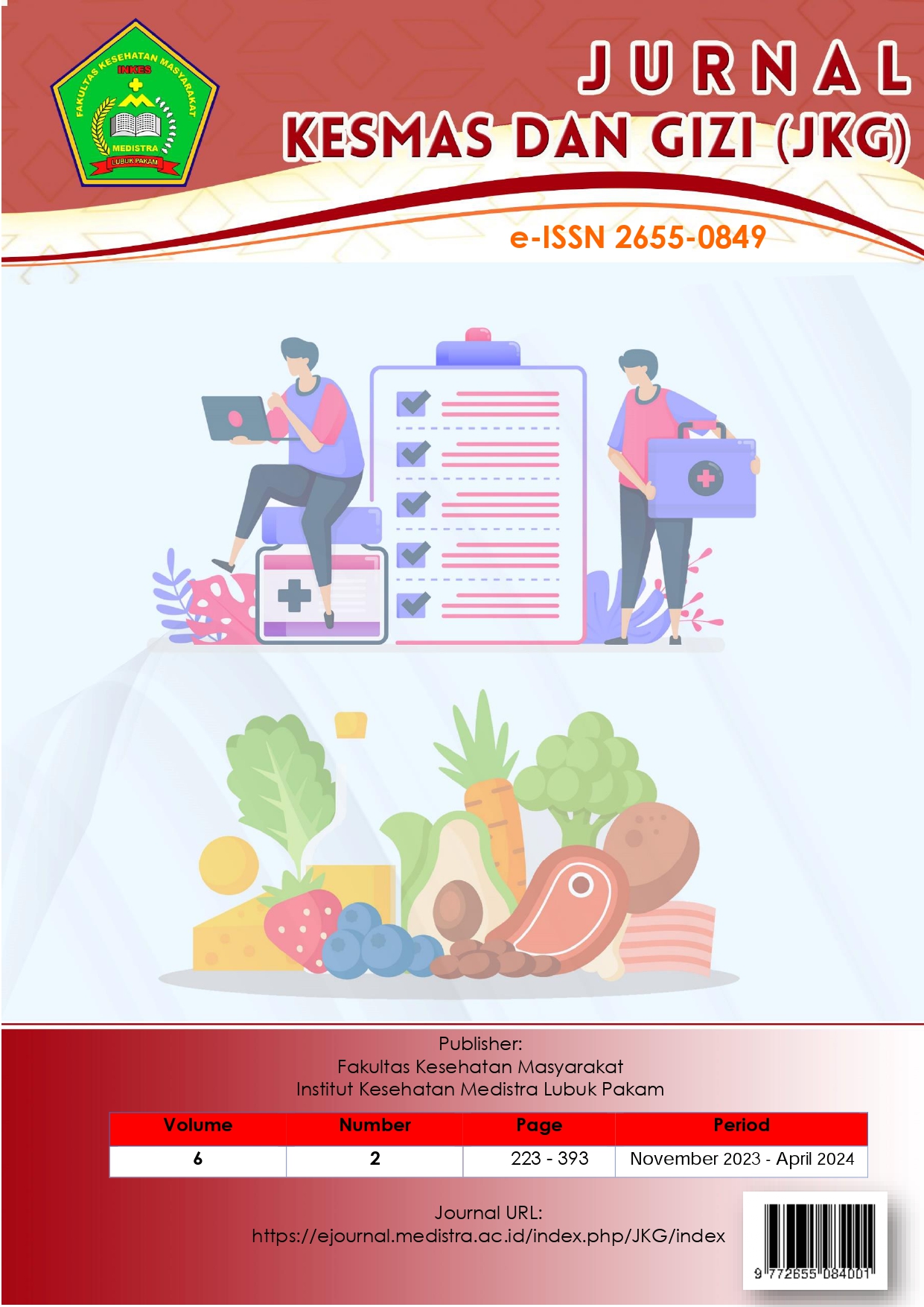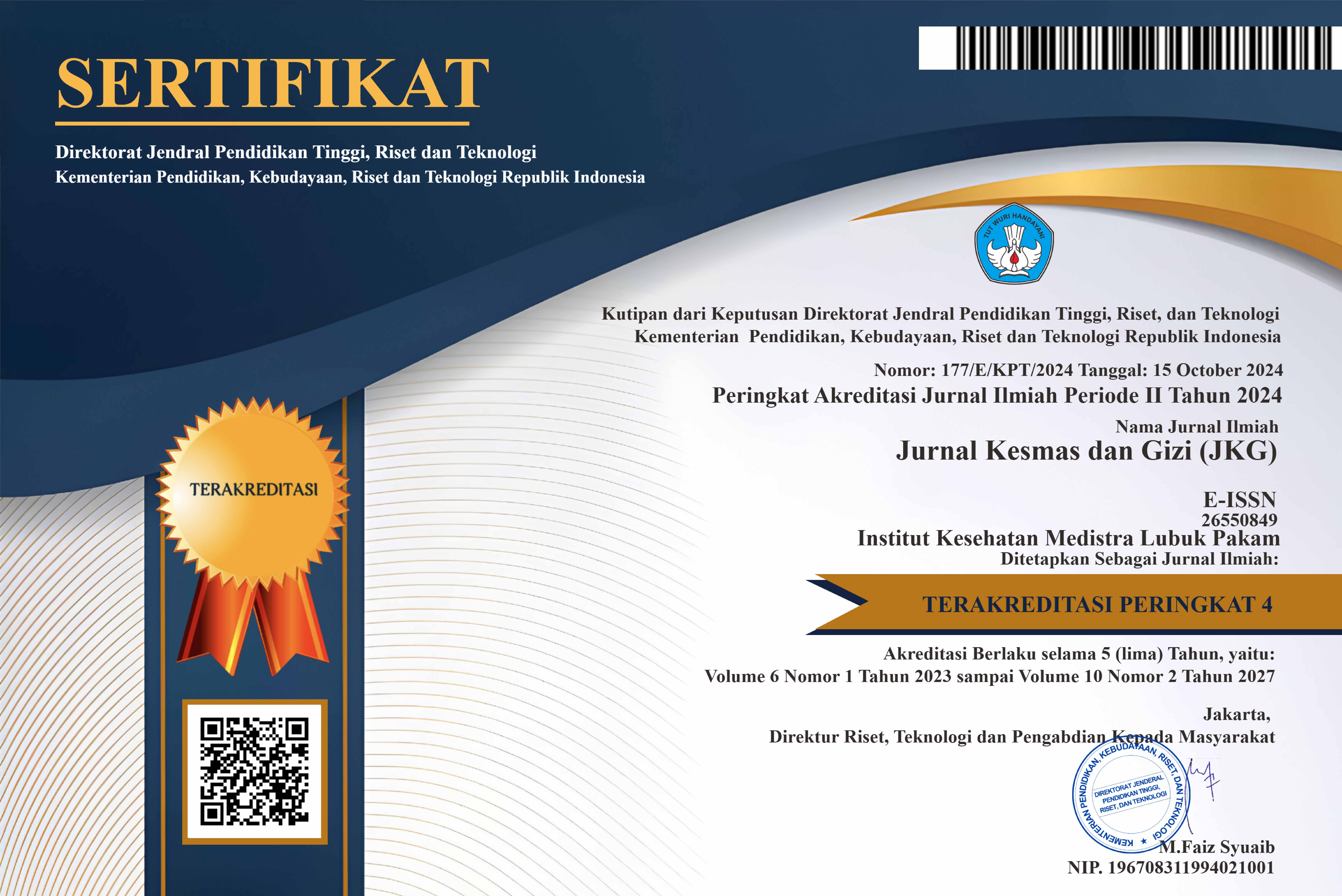The Implementation of Technology in Facilitating Interprofessional Team Communication in Emergency Cases
Implementation of Technology in Facilitating Interprofessional Team Communication in Emergency Cases
DOI:
https://doi.org/10.35451/jkg.v6i2.2513Keywords:
Interprofessional communication, emergency care, telemedicine, healthcare technology.Abstract
The implementation of technology in interprofessional team communication in emergency cases plays a crucial role in ensuring effective and timely coordination. Technological advancements such as telemedicine, mobile applications, and artificial intelligence-based decision support systems significantly enhance information exchange, decision-making, and patient care outcomes. This article discusses various technological tools utilized in emergency situations and their impact on interprofessional communication in the healthcare sector. Additionally, this paper explores challenges in implementing technology and strategies to optimize its use. This research employs a literature review approach, examining various studies on technology in medical team communication in emergency settings. Data were collected from scientific journals, research reports, and publications from health organizations.
The study results indicate that technologies such as telemedicine, mobile communication applications, and artificial intelligence-based decision support systems have improved the speed and accuracy of interprofessional communication in healthcare facilities. The use of electronic health records (EHR) also provides benefits by facilitating real-time access to patient information. In conclusion, the implementation of technology in interprofessional team communication in emergency cases has a positive impact on improving coordination effectiveness and patient safety. However, optimizing the use of technology still requires support from various stakeholders, including medical personnel, healthcare institutions, and policymakers.
Downloads
References
Gogia, S. B. (2019). Fundamentals of Telemedicine and Telehealth. Academic Press.
Greenhalgh, T., Vijayaraghavan, S., & Wherton, J. (2021). Adoption of Mobile Health Technologies in Clinical Settings. BMJ Open, 11(4), e045656.
Jones, R. (2020). Artificial Intelligence and Decision Support in Emergency Medicine. Medical Informatics Review, 12(4), 220-234.
Kaur, R., & Singh, A. (2019). Cybersecurity Challenges in Digital Health Communication. Health Tech Journal, 9(3), 200-215.
Lee, J., & Kim, H. (2019). The Effect of Digital Communication on Emergency Healthcare Collaboration. Healthcare Informatics Journal, 10(1), 45-58.
Mehta, S., & Agarwal, A. (2020). Enhancing Emergency Care through Telecommunication. Journal of Emergency Medicine Advances, 7(3), 89-102.
Patel, V., & Johnson, C. (2021). Improving Interprofessional Communication via Technology Integration. Journal of Healthcare Technology, 8(2), 67-79.
Smith, J., & Taylor, P. (2021). Future Trends in Emergency Healthcare Technology. Journal of Medical Innovations, 13(2), 88-105.
Tang, Z., & Lin, M. (2021). The Role of Artificial Intelligence in Medical Decision Making. Journal of Healthcare Informatics Research, 5(2), 123-137.
Wang, Y., & Zhou, X. (2018). A Systematic Review of Mobile Health Interventions in Emergency Settings. International Journal of Digital Medicine, 3(1), 75-98.
World Health Organization. (2020). Telemedicine: Opportunities and developments in Member States: Report on the second global survey on eHealth. Geneva: WHO Press. Departemen Kesehatan RI. (2013). Riset Kesehatan Dasar (Riskesdas) 2007: Laporan Nasional 2013. Jakarta: Badan Penelitian dan Pengembangan Kesehatan Depkes RI.
Downloads
Published
Issue
Section
License
Copyright (c) 2024 Rotua Sumihar

This work is licensed under a Creative Commons Attribution 4.0 International License.
Copyright in each article is the property of the Author.


























